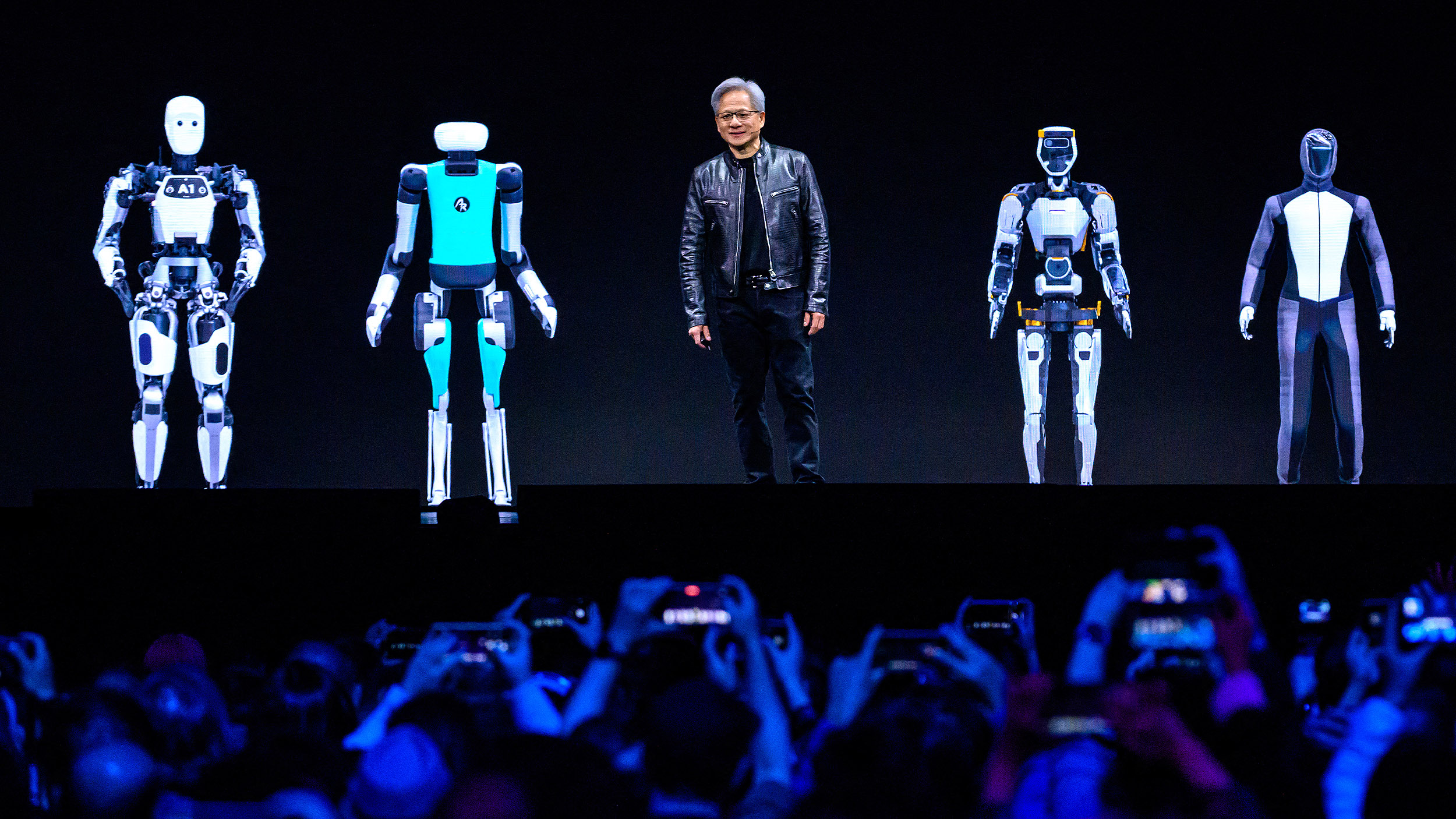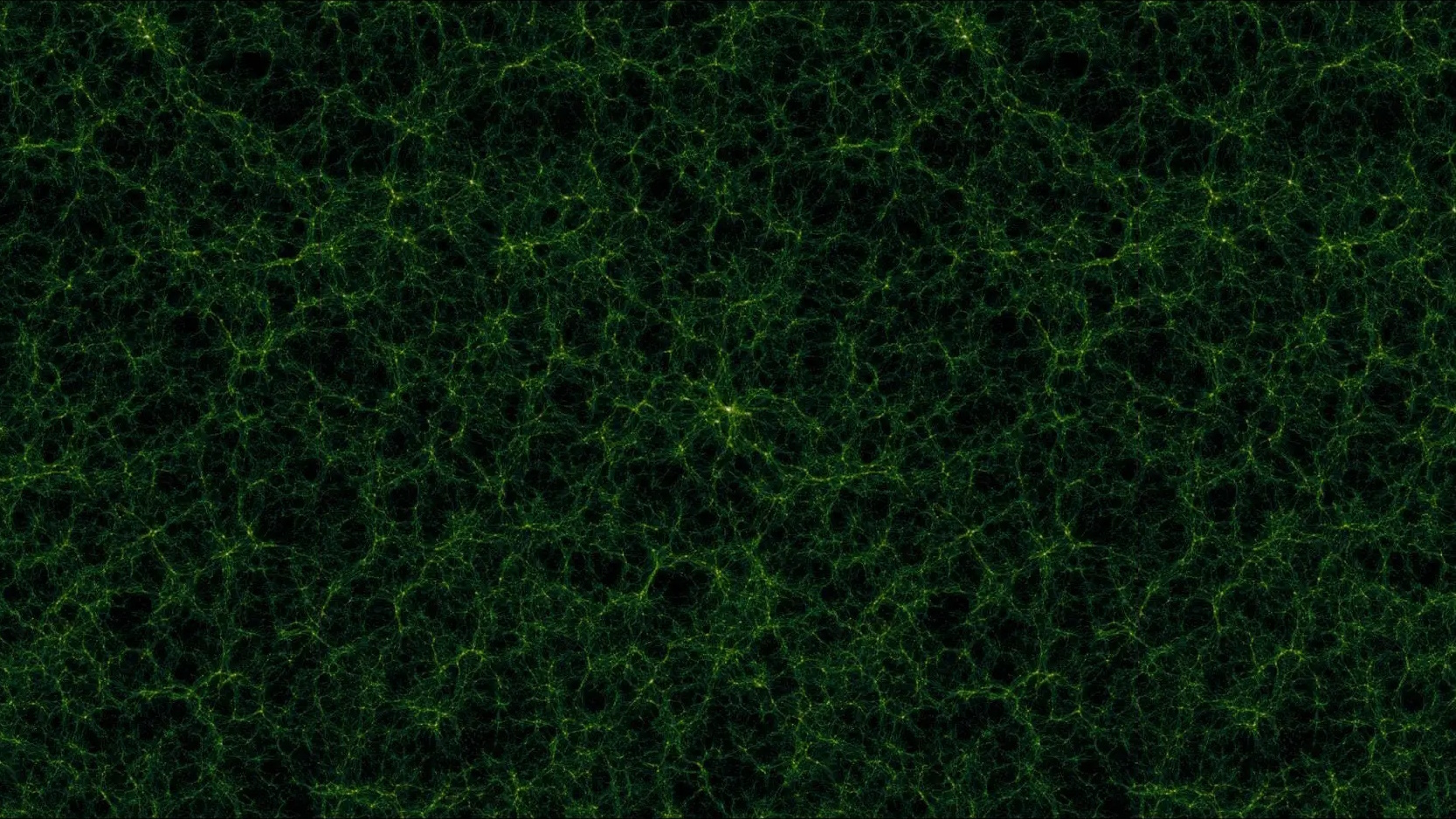The comedian describes he never wants to quit.
Question: Is podcasting an entirely different art form?
Gervais: No, I was excited. I mean, that always excites me. You know, we weren’t pioneers, we weren’t the first people to do it but it was probably the first of high profile person to do this to any… to any degree. And the first podcast we did, I think we broke the world record, which, back then, was, I think, 250,000 downloads. And of course, now, we’ve had about 150 million and it just kept growing. And then, when we started charging for it, we thought, can we do this commercially? And that was the experiment. Also, Karl just left his job so… And when we got to about… I think it was about… we had about 10 million downloads, I think Stephen Merchant says, “Can we just charge a quid?” The businessman in him kicked in. I went, “Yeah. All right.” But I never thought it would take off. I thought it would be… I didn’t think it would be a fad. I thought I’d lose interest very quickly. But it’s… it’s the one thing I do that, I think, that I could do forever, you know. You stop TV shows early because you want to get out when you’re on top or you want to move on to other things or it was always meant to be finite like “The Office” or… And, you know, stand-up shows come and go. You do them for a while, when you… you commit them to DVD or television, you got to write a new [au], which is… which is fun as well. And… You know, you move around, doing different things on radio. But the podcast, I could… I look forward to it. I want to do one now. I want to go back and say to Karl and Steve, you know, we do one more job. We’re getting the band back together. And it’s just… it’s just fun. It’s the thing you do that’s fun at the time and you… you don’t care about the result because you had fun doing it. You just put it up there to see… you know, which is the opposite of everything else we do. You know, we’re so… Myself and Steve, we put everything into it and we craft it. And we worry about results, we worry about the legacy, and… You know, we got this thing in our head, going this is forever, this is forever. We never say that will do. And we’re like maniacs, the last few days in an edit. I mean, we’re going… you know, take off two more frames. And, you know, working up a cold sweat and going to take that joke out. Whereas this as we go in there, we ramble for an hour, we edit it down, put it on the Internet, and it’s out there forever. And I wish I could be that free with other things but it’s a different discipline, a different… a different gene kicks in when you’re doing something like “The Office” or “Extras” or even stand-up to a certain degree. Stand-up is different again because the discipline there is you write it and you think of funny things [that happened] before, that I really feel passionate about that, that I get a laugh, let’s try it out. And I… And I get about 40, 50 minutes written, you know, in my head, a big bag of observations. Then you work… And you work it and adlibbing every night, that 40 minutes becomes 70. But the… the really interesting about it, your meter, your punch line, your ramblings, and all that are chosen by the audience. You know, I play to like 200,000 people in my last hour. So after those, like, hundred dates or whatever, it was evolution by natural selection. Those audiences chose your best bits for you. It’s almost like you didn’t have to do anything. It was just like a coin sorter. It did it for you. And that’s weird because by the end, you get… And I’ve never done that. I’ve never done art by democracy. They only chose their favorite bits. They’re not… They’re not giving me notes. So everything has got a slightly different ambition, discipline, raise on debt everything you do. And that’s exciting. I remember thinking… When we’re writing “The Office”, I’d seen stand-ups try to crowbar in their routine into a sitcom. And they might as well turn to camera and said, I think of weird stuff. And it didn’t work. And… So everything’s got, you know, a different discipline.






